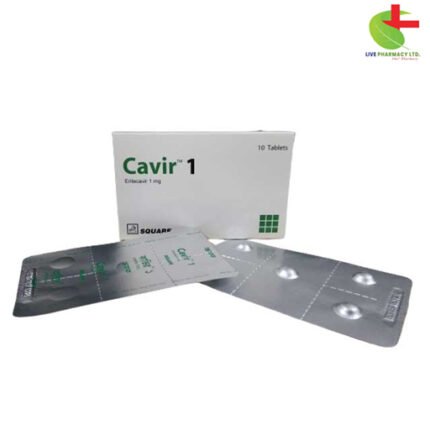Tebast 10
60.20৳ Strip
- Tebast provides relief for seasonal and perennial allergic rhinitis and chronic idiopathic urticaria symptoms.
- Its active ingredient, ebastine, acts as a long-acting H1-histamine receptor antagonist, ensuring consistent relief.
- Available in both tablet and syrup forms, Tebast offers tailored dosages for adults and children.
- With minimal side effects and excellent tolerability, Tebast is a preferred choice for non-sedating antihistamine therapy.
 Brand
Brand
|
Square Pharmaceuticals PLC |
|---|---|
 Generics
Generics
|
Ebastine |
Indications
Tebast is recommended for addressing the symptoms of:
- Seasonal and Perennial Allergic Rhinitis.
- Chronic Idiopathic Urticaria.
Pharmacology
Ebastine acts as a prolonged and selective H1-histamine receptor antagonist. With repeated use, its inhibition of peripheral receptors maintains a consistent level. The drug is swiftly absorbed and undergoes substantial first-pass metabolism upon oral ingestion. Ebastine predominantly converts to its pharmacologically active acid metabolite, carebastine.
Dosage & Administration
- Tablet:
- Adults (12 years and older): 10 mg (one tablet) once daily.
- Children (6-12 years): 5 mg (half tablet) once daily.
- Syrup:
- Children (2-5 years): 2.5 ml once daily (up to 5 ml in severe cases like Perennial Allergic Rhinitis).
- Children (6-12 years): 5 ml once daily (up to 10 ml in severe cases like Perennial Allergic Rhinitis). Ebastine can be taken with or without food.
Interaction
Combining Tebast with ketoconazole or erythromycin elevates Tebast’s plasma levels and prolongs QTc interval. However, Tebast does not influence the pharmacokinetics of theophylline, warfarin, cimetidine, diazepam, or alcohol. Nevertheless, the sedative effect of alcohol and diazepam might intensify.
Contraindications
Avoid Tebast if there’s a known hypersensitivity to Ebastine or any of its components.
Side Effects
Common side effects include headache, dry mouth, and drowsiness. Less frequently reported side effects encompass abdominal pain, dyspepsia, nausea, and insomnia.
Overdose Effects
No clinically significant signs or symptoms were observed with doses up to 100 mg given once daily. There’s no specific antidote for Tebast. In case of accidental overdoses, gastric lavage, monitoring vital functions including ECG, and providing symptomatic treatment are recommended.
Therapeutic Class
Non-sedating antihistamines
Storage Conditions
Keep Tebast below 30°C in a cool, dry place, away from light. Ensure it’s out of children’s reach.













Reviews
There are no reviews yet.